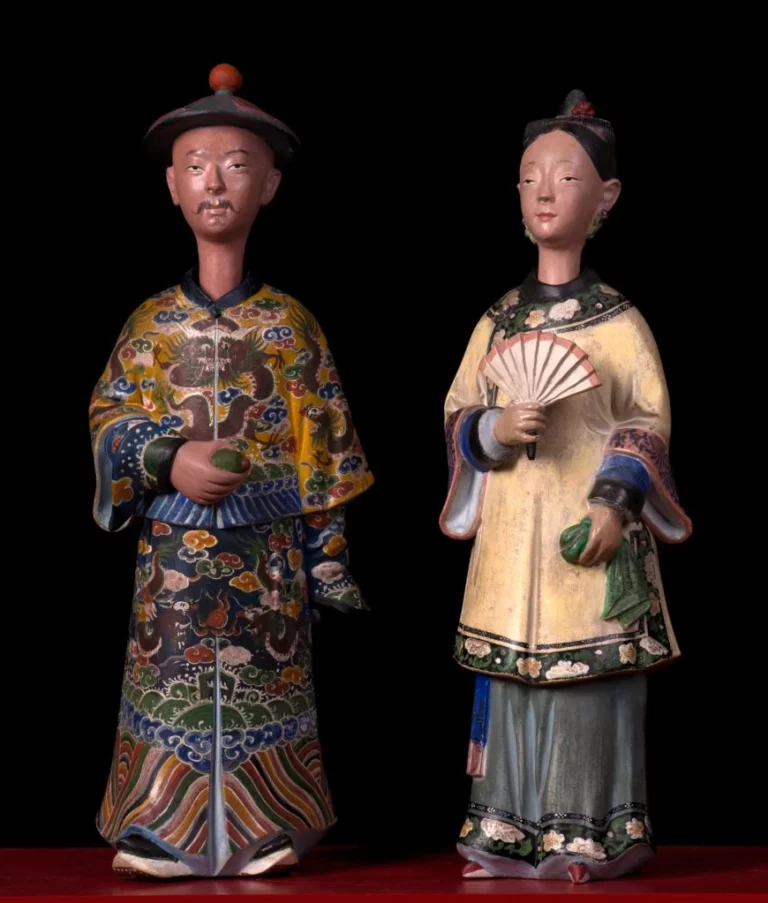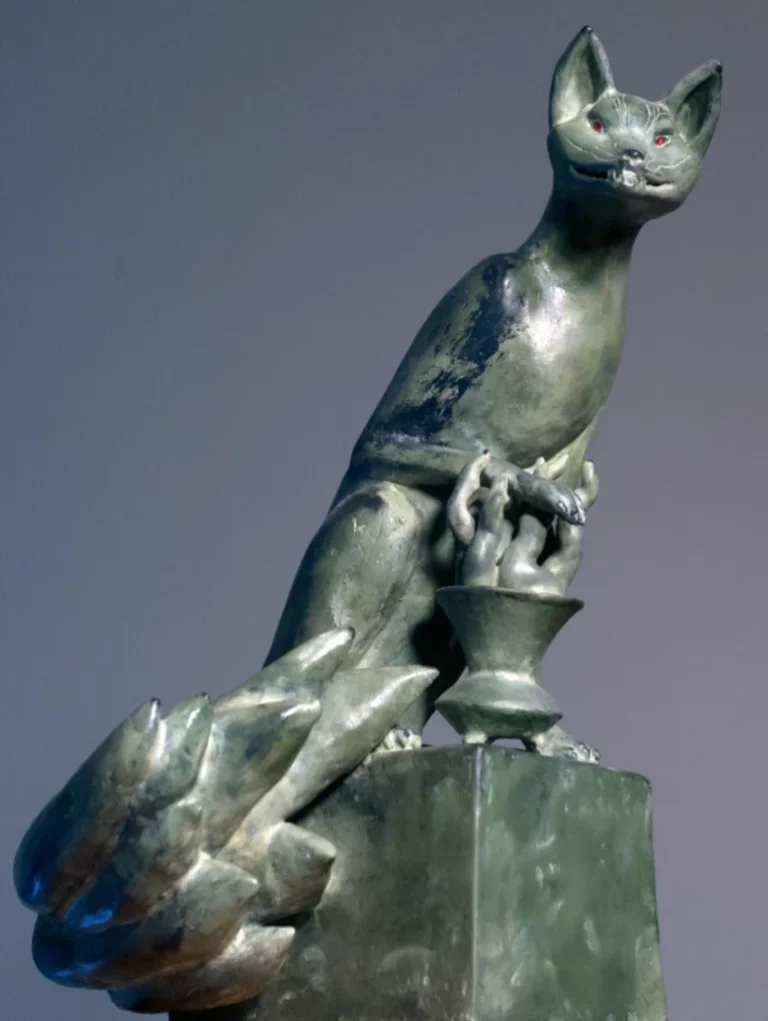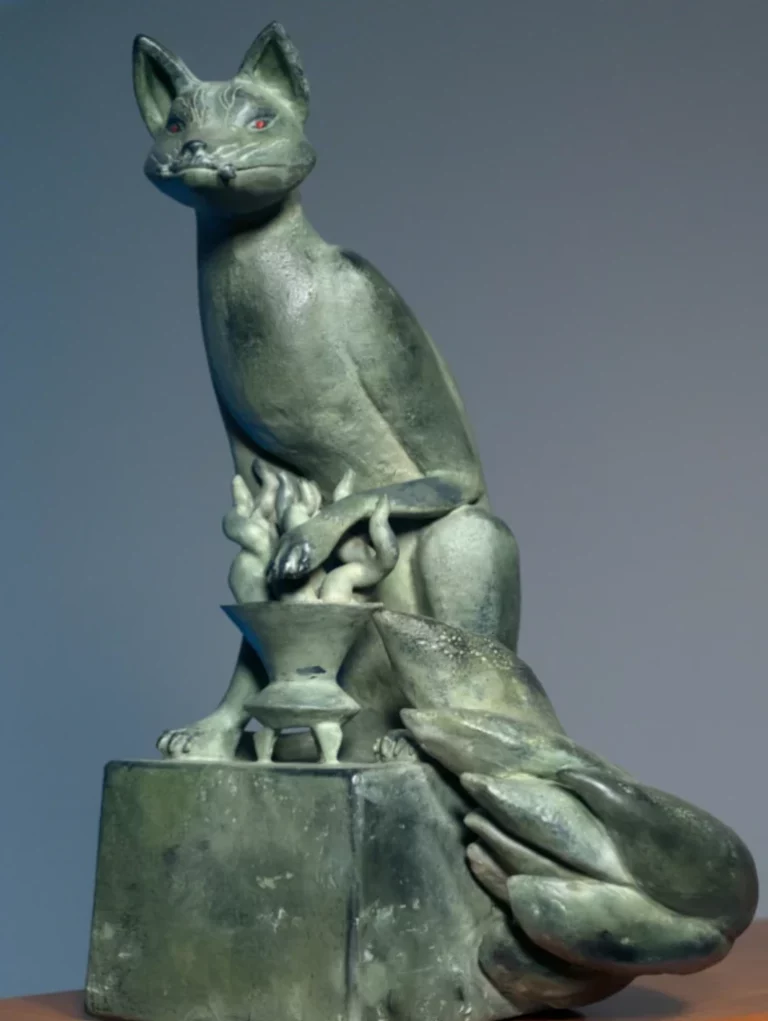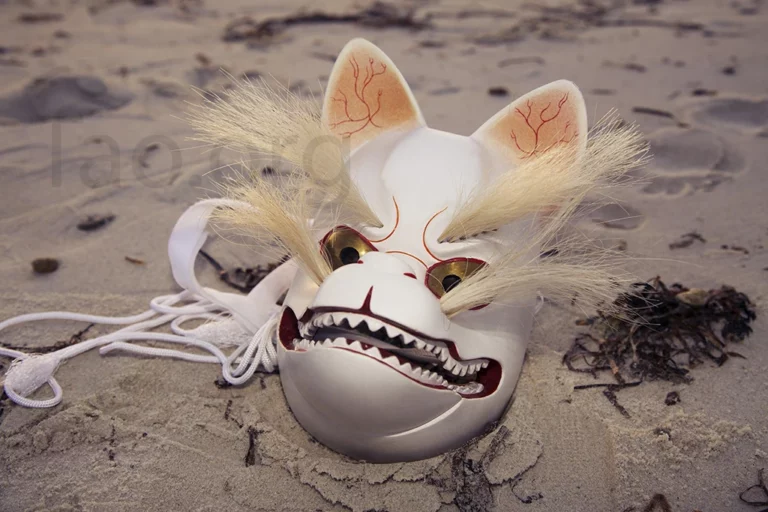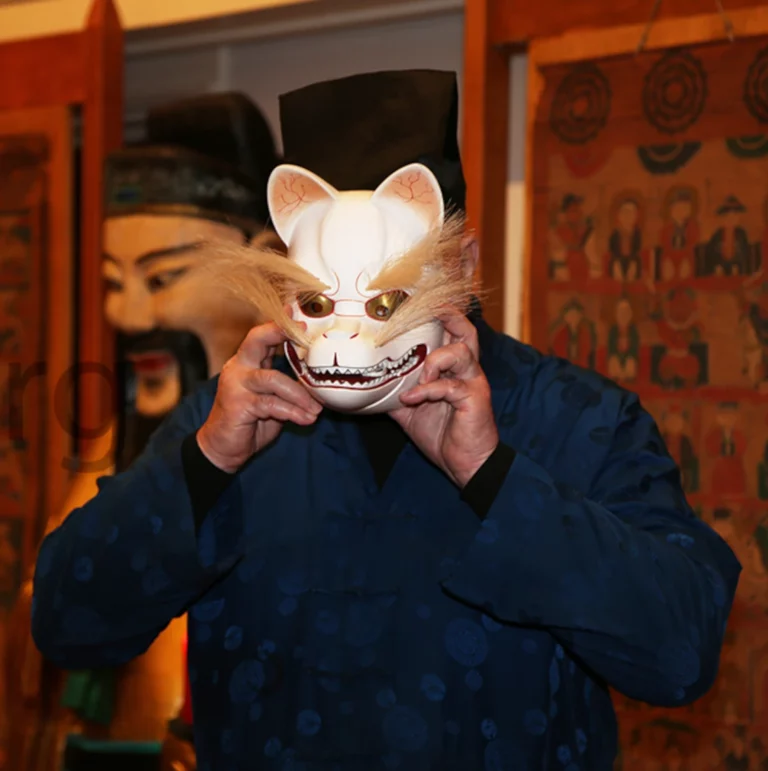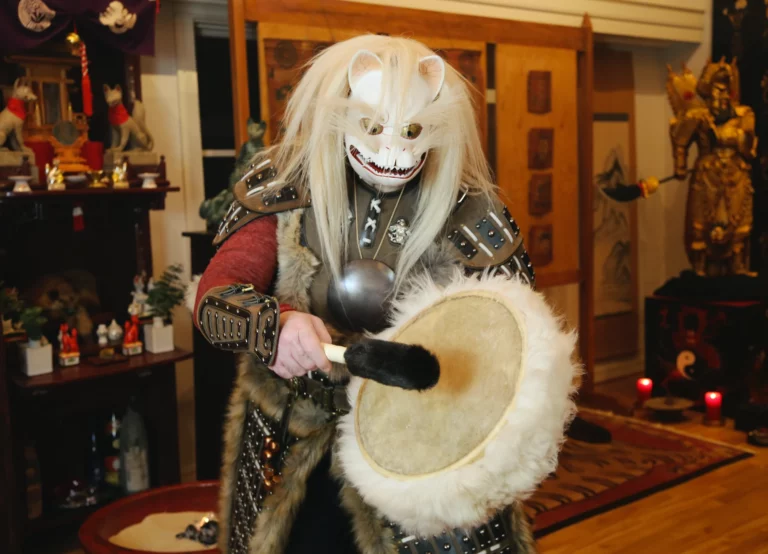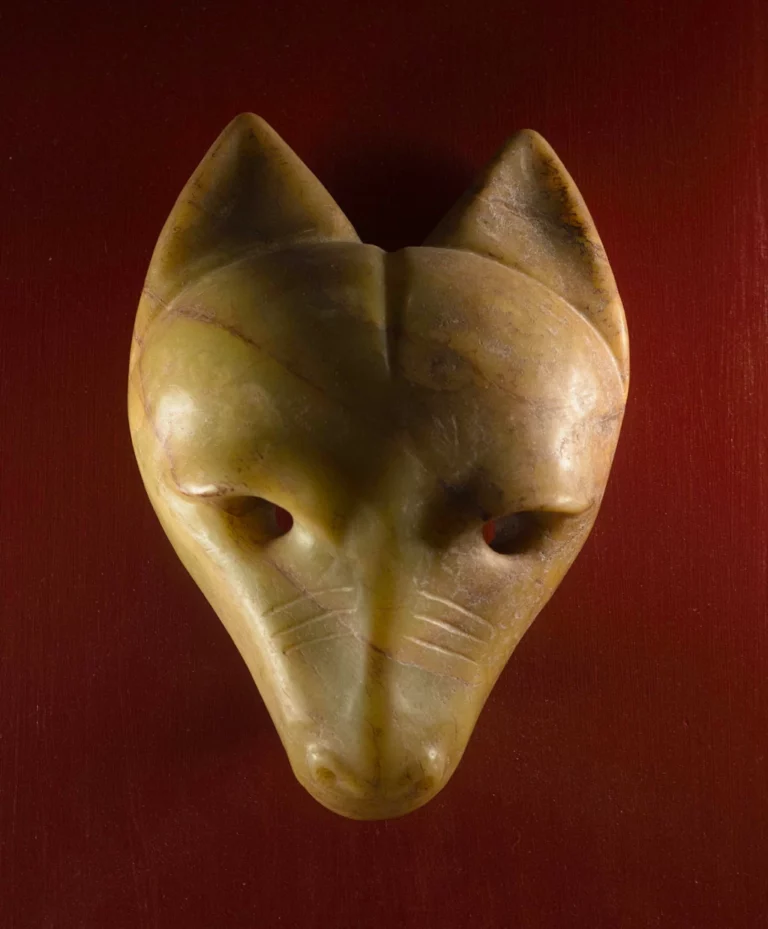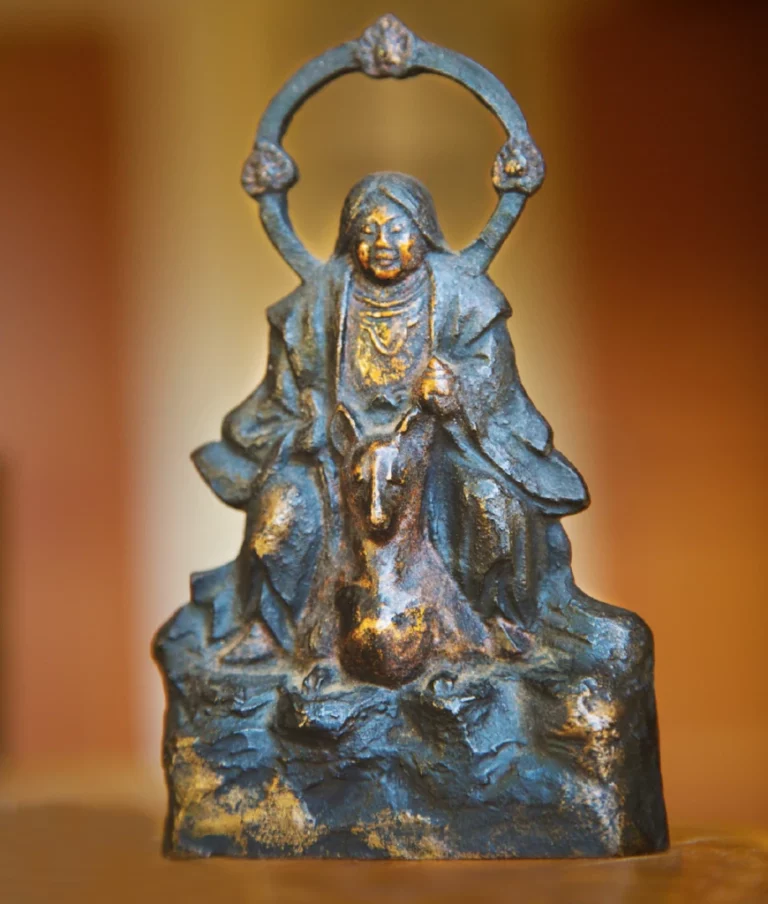Fox Creed
But I will lead you through the portals of Eternity to wander in the great wilds of Infinity.
– Chuang Tzu
“Pray Sincerely to the Fox Fairies and you get it all!”
–Chinese Proverb
For thousands of years Ancient Chinese Taoist Shamanism cultivated beliefs in the Creed of the Celestial Fox Fairies. The heavenly Fox Fairies were represented on sacred altars in the form of human images of the venerable Mr. and Mrs. Hu.
For many centuries, the Chinese people of the Middle Kingdom prayed to the powerful, divine Fox fairies for health and prosperity. Practically every household had an altar to the venerable Mr. and Mrs. Hu. The ancient creed of immortal Fox Fairies was unknown in the western world. Now it is the time of the great awakening and the truth of the heavenly Fox Fairies is revealed.
The great deities in the form of human images of the venerable Mr. and Mrs. Hu possess the magic power to transform the fate of an individual from misfortune to fortune. The celestial Fox Fairies give mortals hope and the willpower to live a content and prosperous life.
Pray sincerely to the Fox Fairies and you get it all!
The Celestial Fox Fairies – The Venerable Mr. and Mrs. Hu.
Taoist temples, regardless of location, tend to honor a consistent set of gods, including the Three Pure Ones, Star Gods, God of Wealth, and so on. In addition, many temples emphasize certain deities according to their individual traditions or beliefs. The Center’s Temple of Original Simplicity actively embraces the Fox Creed, an ancient practice of worshiping spirits known as Inari in Japan or Hu Lee in China.
The Creed of Foxes has mysterious origins, beginning in China/Mongolia 3000-4000 years ago when peasants noticed that the presence of foxes often coincided with healthy crops and other good fortune. Thus, fox altars were built to attract good luck and a complex belief system evolved over several millennia as shaman priests explored their metaphysical aspects. Over time, the Fox Creed grew more secretive in China, only to be practiced by elite Taoist clergy; however, after migrating to Japan in the 8th century, became immensely popular throughout Japanese culture and today there are over 32,000 fox shrines in Shinto temples throughout the country.
It is the unique animal qualities of foxes that importantly contribute to the Taoist understanding of their connection to the spirit world. Significantly, the fox is elusive with generally mysterious behaviors. Unlike wolves, foxes cannot be domesticated, living according to their own rules and not abiding by convention. The common expression, “Sly as a fox,” is representative of this wily characteristic.
Because the fox burrows underground, it is thought, like snakes, to possess the wisdom of underlying or fundamental principles. And this profound knowledge, combined with the foxes’ unconventional qualities, is indicative of its unique abilities within the metaphysical world. In this case, fox spirits were discovered by shaman priests to be able to “fold” time and space, violating the commonly held model of physical reality.
So while the Western world was discovering the world wasn’t flat, Taoist masters were using fox spirits as pathfinders across dimensions.
For a select group of shaman priests, fox spirits became a working bridge between the physical and nonphysical worlds.
There are many conventions associated with the Creed of Foxes, but one of the most interesting relates to their depiction on altars. Classically, foxes are displayed in stylized statues of male and female pairings; the male is on the left with a parchment (or key) in its mouth and, on the right, a female with a pill in her mouth. The parchment represents sacred knowledge, whereas the pill is a “seed” that can produce an immortal soul.
For acolytes devoted to the Fox Creed this implies both a transcendental benefit, but also a serious obligation: sacred knowledge acquired by crossing time and space (represented by the parchment) can nurture the soul (the pill). However, to squander or misuse such a gift carries grave consequences. The Temple of Original Simplicity adheres to original shamanic practices, long thought lost to the modern world.

